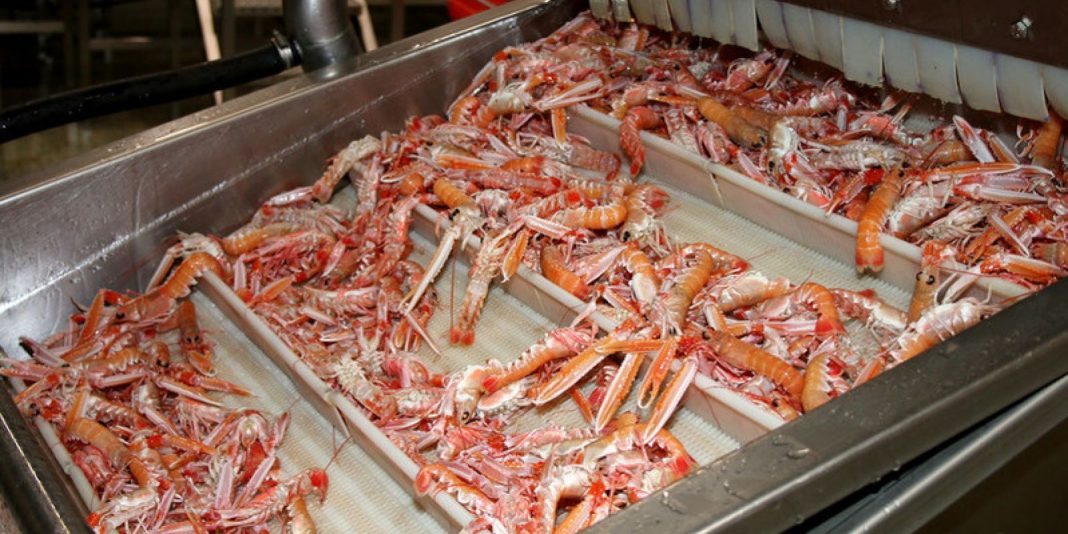The Ports of Grimsby and Immingham together are the leading UK ports for fish imports, and a vital link in the supply chain, according to ABP.
Alongside centres of seafood creation – from fish fingers to gourmet ready meals – they form a highly efficient sector-leading hub providing 5,500 jobs, with about 70% of the UK’s seafood processed in Grimsby, including every other fish finger eaten in the UK.
Simon Bird, Regional Director of the Humber ports said: “This is good news for the Humber ports handling the largest volume of seafood imports in the country. Their strategic locations significantly show the demand for short sea European routes.
“Fish, though not landed over the quayside by a trawler, still plays an important part in the supply chain in the region. The UK is a big importer of seafood, and our ports ensure that high-quality seafood from around the world reaches British consumers efficiently and sustainably, reinforcing our position as a global leader in the seafood trade.”
Simon Dwyer, representing Seafood Grimsby & Humber Alliance and Grimsby Fish Merchants Association and for many years an advocate of using ports close to the UK’s leading seafood processing cluster, said: “There’s been a step change in the routing of seafood into the UK, especially salmon from Norway that now arrives in trucks from Scandinavia into Immingham port rather than being transported by road via southern ports of for example, Dover.
“Grimsby is a major UK processor of salmon so it’s logical to ship the product on ferries that use the port of Immingham rather than southern UK ports. In value terms about £1.5bn of seafood arrives at the Humber ports.”



